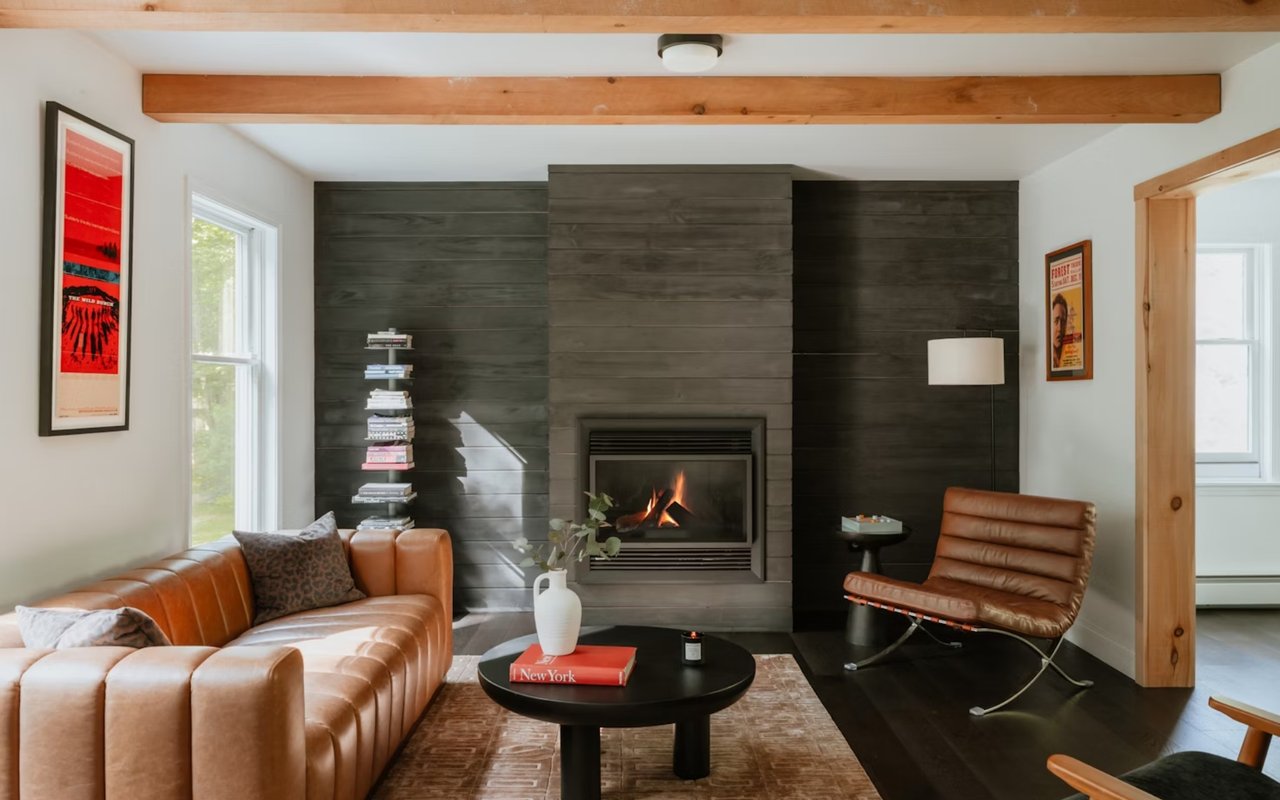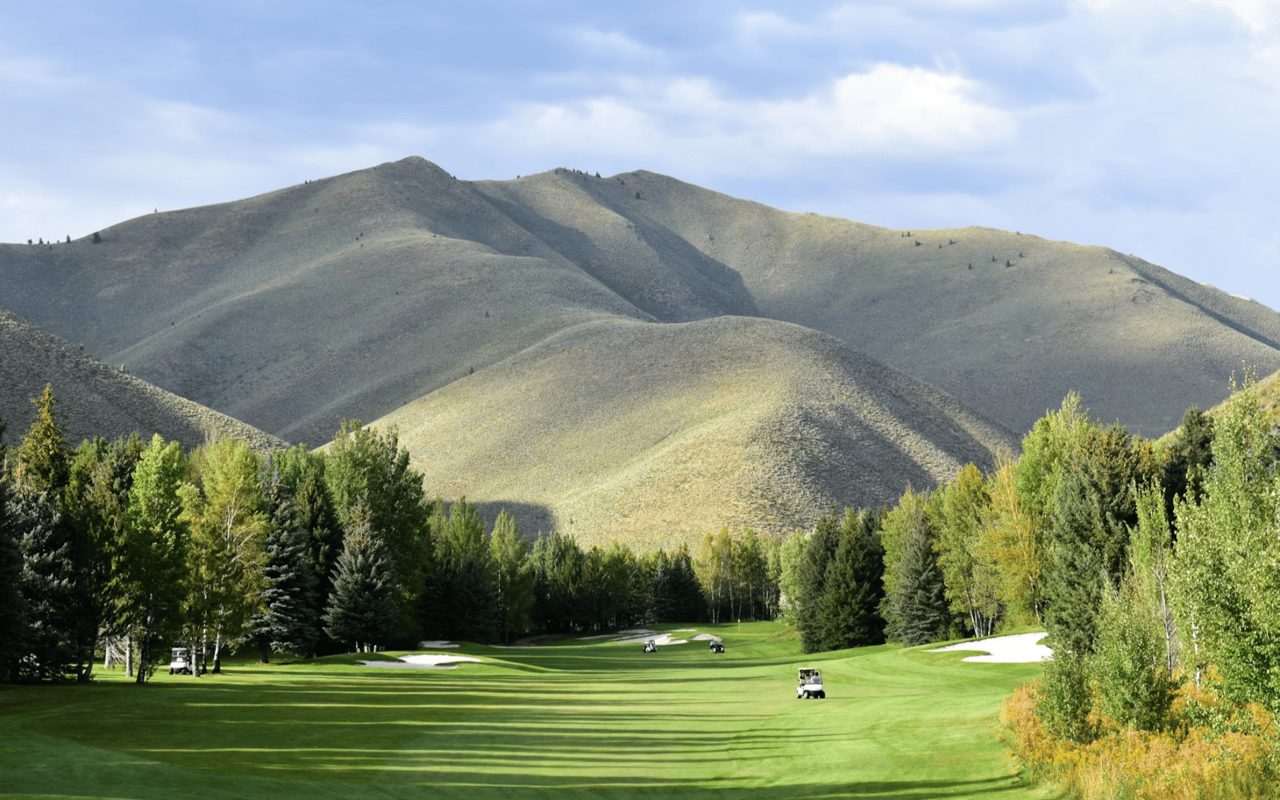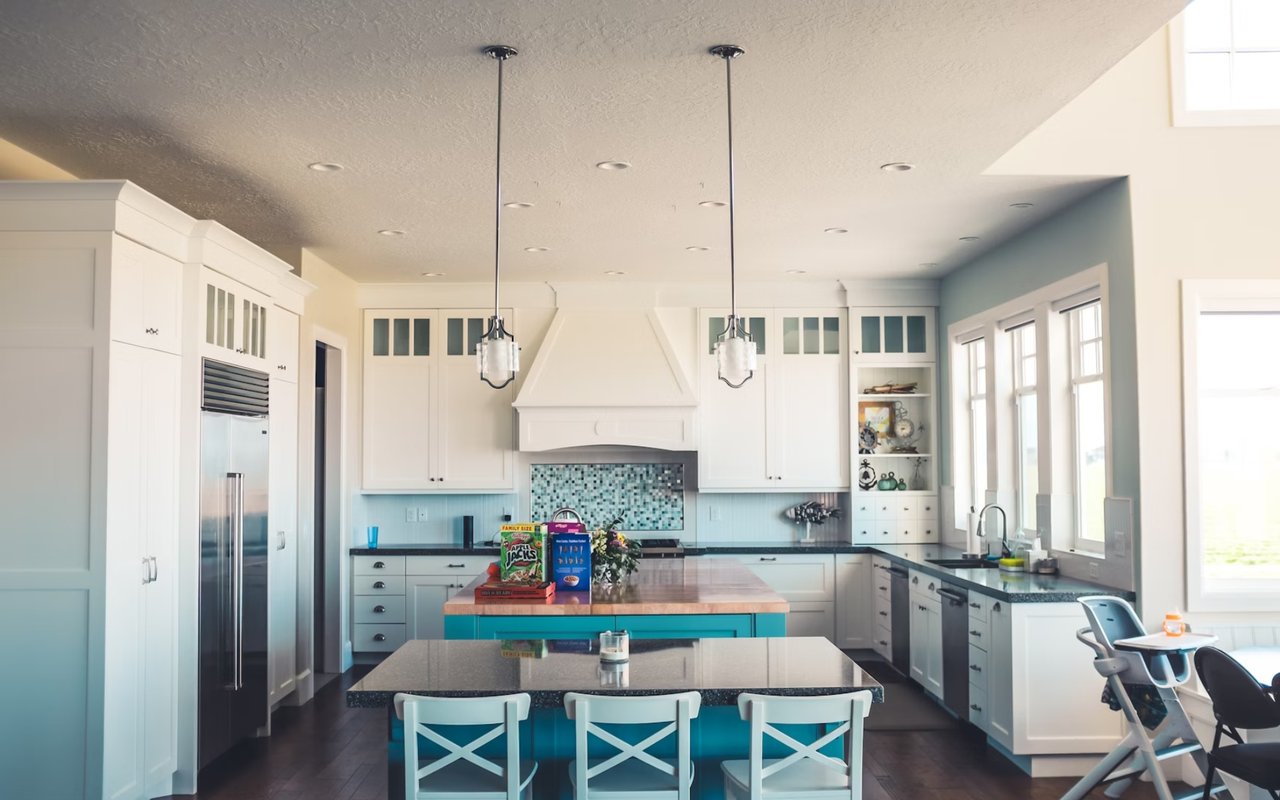In a high-altitude, four-season environment like Ketchum, Idaho, homeowners must take proactive steps to prepare their properties for winter’s arrival. Subzero temperatures, snow accumulation, and freezing wind conditions can take a toll on everything from plumbing systems to roofing structures. Whether the home is a full-time residence or a part-time retreat, knowing how to winterize a home in a mountain climate is essential to safeguarding your investment and ensuring long-term durability.
Real estate professional Dawn Sabo, who serves clients across the Wood River Valley, frequently advises buyers and homeowners on seasonal maintenance strategies that preserve property value. Winterizing is not only a matter of comfort—it’s a preventative measure that reduces costly repairs, maintains energy efficiency, and protects the home during prolonged periods of vacancy. This guide outlines the most critical areas to address when preparing a property for the coldest season in Ketchum.
Evaluate and Service the Heating System
A key part of understanding how to winterize a home is verifying that heat delivery systems are not just operational but optimized. Older homes in the region, especially those with original ductwork or outdated thermostats, may benefit from energy-efficient upgrades such as smart thermostats or zone-based controls. These improvements enhance comfort and reduce heating costs over the long term, particularly in larger residences or homes with seasonal use.
Insulate Vulnerable Areas
Windows and doors are common sources of heat loss. Replacing old weatherstripping and using caulk to seal gaps is a simple yet effective tactic. In homes with single-pane windows, thermal curtains or removable insulation film can make a noticeable difference. For more permanent efficiency, double- or triple-pane window upgrades are a recommended long-term investment.
In areas of the home that are more vulnerable to freezing, such as under-sink cabinets or garages with exposed plumbing, installing foam pipe insulation or adding portable heaters can prevent freezing during extended cold spells.
Protect Plumbing from Freezing
In vacation properties or second homes that may sit empty during the winter, it is often recommended to fully drain the plumbing system and shut off the water supply at the main valve. Toilets, water heaters, and appliances should be drained, and anti-freeze may be added to traps in drains to prevent ice buildup.
Smart water leak detection systems can also add peace of mind. These systems alert homeowners or property managers to moisture changes, pressure drops, or active leaks, allowing for quick intervention—even when the owner is out of state.
Inspect and Maintain the Roof
Ice dams form when warm air escapes into the attic, melting snow on the roof that then refreezes at the eaves. To prevent this, ensure that attic ventilation is adequate and that insulation keeps heat inside the living space. Heating cables may also be installed along rooflines prone to ice buildup to reduce the risk of damage.
It’s also a good idea to trim overhanging branches that may become weighed down with snow and ice and fall onto the home. A properly winterized roof protects not only the house’s structure but also its interior finishes and furnishings.
Prepare for Snow Management
Driveways, walkways, and exterior stairs should be treated with slip-resistant materials or heated snow-melt systems where feasible. These systems are not only convenient but add resale value and reduce liability. In commercial or multi-unit residential properties, proactive snow removal planning is especially important to ensure safety and meet legal requirements.
Secure Seasonal Outdoor Features
Landscape irrigation systems must be drained and blown out to prevent cracked pipes underground. Garden beds and shrubs can be protected with mulch, and snow stakes can be installed along driveways to guide plow operators and prevent lawn or curb damage.
Taking the time to secure these outdoor elements ensures that the property remains fully functional and attractive when spring returns—and avoids costly repairs caused by neglect or ice damage.
Consider Security and Remote Monitoring
Hiring a local property manager or caretaker to check on the home periodically is also a common strategy in Ketchum. They can ensure walkways are clear, interior systems are operational, and any storm-related damage is addressed promptly.
This layer of oversight is especially important in luxury homes or investment properties where damage during winter can lead to significant financial setbacks.
How to Winterize a Home in Ketchum: Invest in Prevention, Preserve Value
Whether you’re a full-time resident or own a vacation property in the Wood River Valley, staying ahead of seasonal maintenance is one of the smartest decisions you can make.
Dawn Sabo Real Estate: Your Partner in Knowing How to Winterize a Home
To learn more about winterizing your home or preparing for property ownership in the Ketchum area, contact Dawn Sabo today and explore how smart seasonal strategies can preserve your investment and enhance year-round peace of mind. For those considering a move or investment in the region, exploring Ketchum Real Estate is a great way to find homes that are as practical for winter living as they are inspiring year-round.





